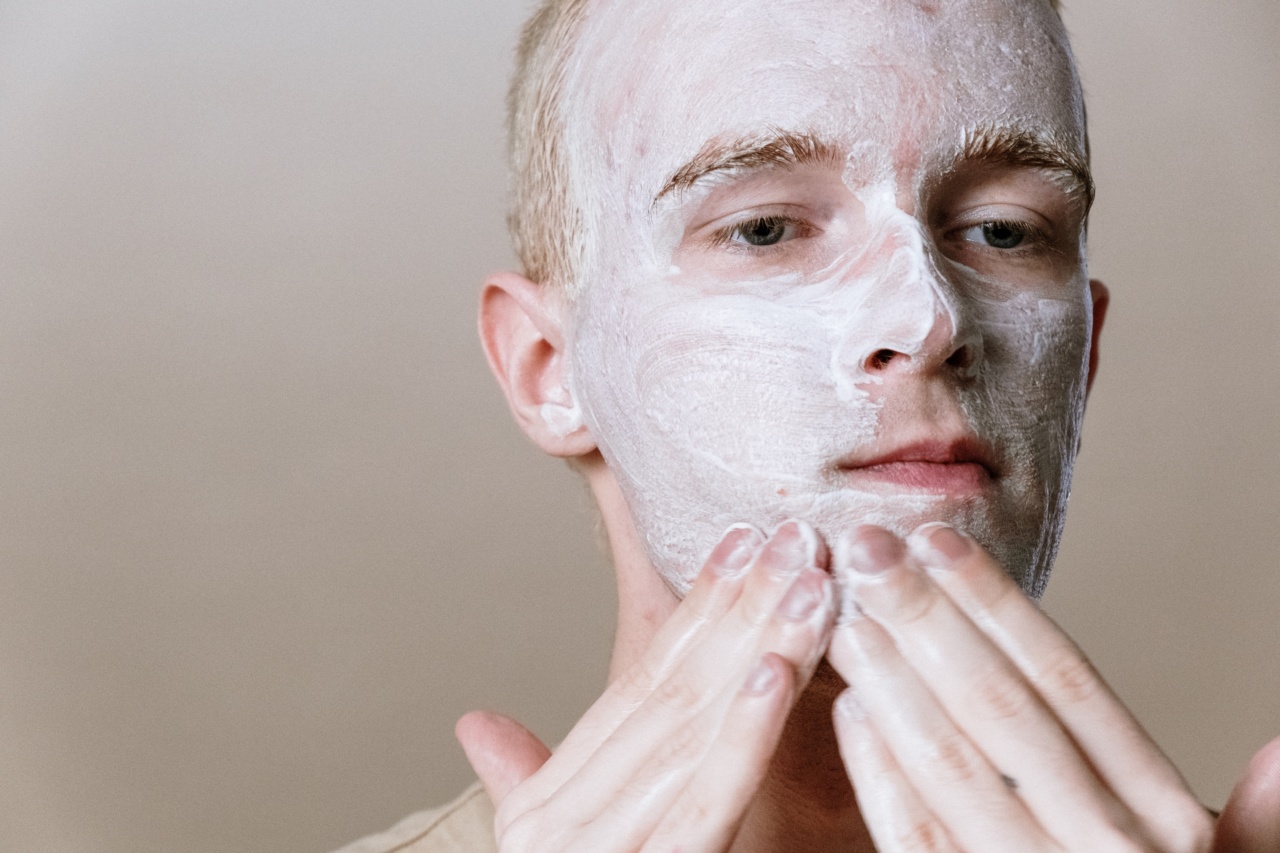Facial acne is a common skin condition that affects millions of people worldwide. It occurs when hair follicles become clogged with oil, dead skin cells, and bacteria, resulting in the formation of pimples, blackheads, whiteheads, or cysts on the face.
Acne can be mild, moderate, or severe, and it can have a negative impact on a person’s self-esteem and confidence.
The Different Types of Acne
Acne can present itself in various forms on the face, and understanding the different types can help in managing and treating the condition effectively.
1. Comedones
Comedones are a type of non-inflammatory acne. They can be open (blackheads) or closed (whiteheads) and form when the hair follicles become clogged with dead skin cells and oil.
2. Papules
Papules are small, red, raised bumps that occur when the walls around the clogged pores break down due to inflammation. They can sometimes be painful to touch.
3. Pustules
Pustules are similar to papules in appearance but contain pus. They are often characterized by a white or yellow center surrounded by redness and inflammation.
4. Nodules
Nodules are large, painful, solid lumps that develop beneath the surface of the skin. They are the result of a buildup of bacteria, oil, and dead skin cells. Nodules can be difficult to treat and may leave behind scars.
5. Cysts
Cysts are the most severe form of acne. They are filled with pus and can develop deep under the skin. Cysts are painful and can cause scarring. They require medical intervention for effective treatment.
Factors Contributing to Facial Acne
Several factors can contribute to the development of facial acne, including:.
1. Hormonal Changes
Hormonal changes, especially during puberty, can increase the production of sebum, an oily substance that can lead to acne breakouts. Hormonal imbalances in adults can also contribute to acne flare-ups.
2. Excess Oil Production
Excess oil production can clog the hair follicles and contribute to the development of acne. People with naturally oily skin are more prone to acne than those with dry skin.
3. Bacterial Infection
A specific bacteria called Propionibacterium acnes (P. acnes) is commonly found on the skin and can contribute to acne formation when it multiplies excessively in clogged pores.
4. Dead Skin Cells
Excessive shedding of dead skin cells can mix with oil and clog the hair follicles, leading to acne formation.
5. Diet
While the direct correlation between diet and acne is still inconclusive, some studies suggest that certain foods, such as dairy products and high-glycemic-index foods, may worsen acne symptoms in some individuals.
Treatment Options for Facial Acne
Fortunately, there are various treatment options available to manage and reduce the appearance of facial acne.
1. Topical Treatments
Topical treatments include creams, gels, or lotions containing ingredients like benzoyl peroxide, salicylic acid, or retinoids. These products help unclog the pores, reduce inflammation, kill bacteria, and promote skin cell turnover.
2. Oral Medications
In more severe cases, dermatologists may prescribe oral medications like antibiotics, hormonal contraceptives, or isotretinoin. These medications target the underlying causes of acne and can effectively reduce breakouts.
3. Professional Treatments
Professional treatments, such as chemical peels, microdermabrasion, or laser therapy, can be performed by dermatologists or skincare professionals. These treatments can help improve acne symptoms and reduce the appearance of acne scars.
4. Lifestyle Changes
Adopting a healthy skincare routine, including regular cleansing, exfoliating, and moisturizing, can aid in managing acne.
Additionally, maintaining a balanced diet, managing stress levels, and avoiding certain triggers like touching the face or using comedogenic skincare products can also help improve acne symptoms.
Preventing Facial Acne
While it may not be possible to completely prevent facial acne, certain practices can help minimize its occurrence:.
1. Cleanse Regularly
Gently cleanse the face twice a day using a mild, non-comedogenic cleanser to remove dirt, oil, and bacteria from the skin’s surface.
2. Avoid Abrasive Scrubs
Avoid using harsh scrubbing products or abrasive exfoliants that can irritate the skin and lead to more breakouts.
3. Hydrate the Skin
Use a non-comedogenic moisturizer to keep the skin hydrated and prevent excessive oil production.
4. Protect from the Sun
Apply a broad-spectrum sunscreen with SPF 30 or higher to protect the skin from harmful UV rays that can worsen acne symptoms and cause skin damage.
5. Hands Off
Avoid touching or picking at the face, as it can transfer bacteria and increase the risk of infection and inflammation.
Conclusion
Facial acne is a common skin condition that can have a significant impact on self-confidence and overall well-being.
Understanding the different types of acne, the factors contributing to its development, and the available treatment options can help individuals effectively manage and reduce acne symptoms. By adopting a consistent skincare routine and making lifestyle modifications, it is possible to minimize the occurrence of facial acne and improve the overall health and appearance of the skin.



























